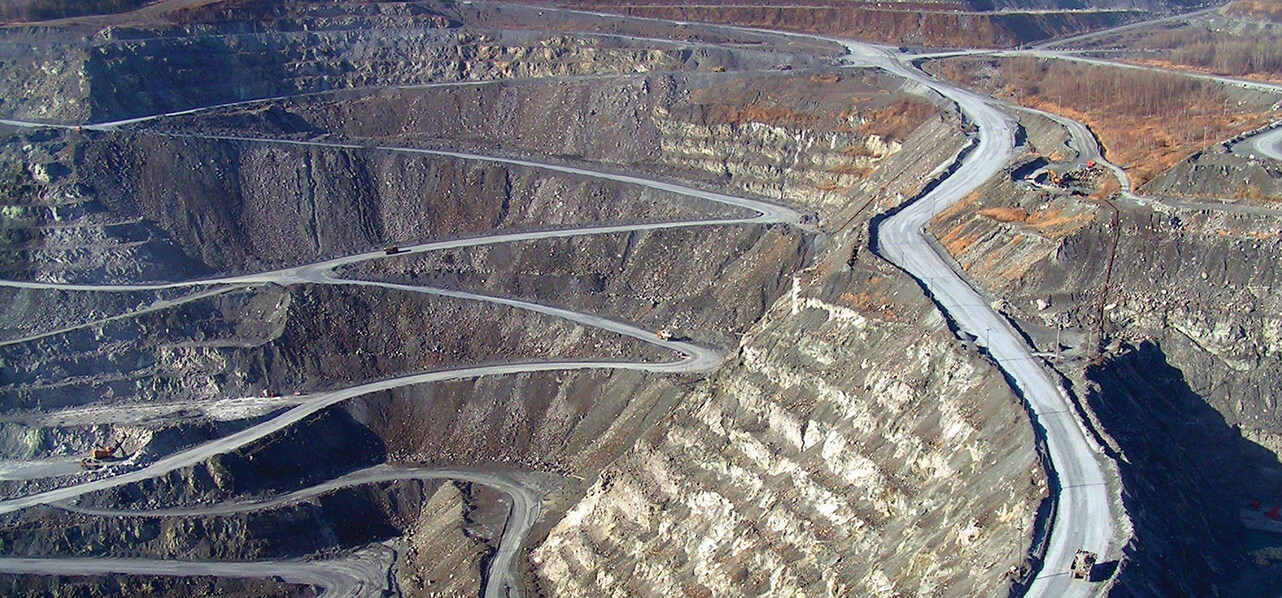Partner London
"Companies are hesitant to share their climate targets to avoid criticism; a trend known as 'green hushing'."
As part of the Paris Agreement, countries around the world agreed to pursue policies that would keep global warming to below 2 degrees Celsius. The scientific consensus is that in order to achieve this, we need to strive globally to reduce emissions to ‘net zero’ by 2050. As a result, there is pressure from investors, governments and the public for companies to make net zero commitments.
However, the trend of announcing net zero commitments, which we saw grow around COP26, now appears to be in reverse. There is a perception that companies are hesitant to share their climate targets to avoid criticism; a trend known as “green hushing”. This follows several reports published by advocacy organisations over the past year, evaluating net zero and other climate commitments against specific criteria. These reports are critical of the scope and methodology underlying many commitments, as well as the conclusions drawn as to the net effect of action taken or to be taken on overall carbon emissions.
In the first article of this mini-series, we consider the main criticisms of net zero claims. Our second article will examine the legal challenges companies may face in relation to their claims.
"Companies are also being challenged for a perceived lack of appetite to meaningfully cut emissions."
The main criticisms of net zero claims
Most companies’ net zero plans are alleged to lack integrity: It is obvious that companies who do not make net zero commitments or efforts to mitigate climate change are likely to face scrutiny and criticism for not doing so. Companies making net zero commitments have therefore generally expected this to be positively received, as they are actively doing something to offset emissions or create targets in the interest of mitigating climate change. However, they are instead being criticised for making what are alleged to be false or inflated claims driven by pressure from investors and consumers to make such commitments, rather than a desire to truly cut carbon emissions. Companies are also being challenged for a perceived lack of appetite to meaningfully cut emissions where this would necessitate a full revision of corporate strategy and established business models. To avoid such criticism, companies should ensure that any claim they make of reduced or offset emissions is fully defensible and backed up with sufficient evidence.
Use of offsets in companies’ net zero plans: High emitting industries, such as mining, fossil fuels and aviation frequently rely on offsets to transition to net zero plans, often through purchasing carbon credits. The perceived problem with the use of offsets is that the climate benefits are often unable to be fully and unequivocally proven. This is a criticism which is levelled particularly at nature-based carbon offsets that are often founded on a counter-factual scenario. They are also often time-bound, as well as relying on future performance of natural resources. Companies have therefore been accused of misleading consumers by claiming that their offsets are neutralising the harm caused by the greenhouse gases they have produced. The reality is that the impact from greenhouse gases is permanent, but offsets are subject to a natural life span, as well as potential intervening acts which may cut short their carbon offsetting potential.
"The impact from greenhouse gases is permanent, but offsets are subject to a natural life span."
In a recent decision, the Dutch advertising watchdog found that the impact of compensatory measures taken by Shell could not be calculated precisely, partly because the effect of measures (such as the planting of trees) usually only takes place in the future, while their sustainability cannot be guaranteed in the long term. Alternatively, it is difficult to determine how much CO2 does not end up in the atmosphere when logging is prevented. Unless scrupulously underpinned and carefully worded, this approach to reaching net zero therefore puts companies at legal risk of misrepresentation.
Use of Carbon Capture, Utilisation and Storage (CCUS) technology to capture carbon: CCUS is technology that can capture and make effective use of high concentrations of CO2 emitted by industrial activity. This technology is on the rise and is referred to in net zero plans as contributing to companies’ climate goals. ExxonMobil, as well as Shell, Chevron, Dow Chemical, Ineos and others have supported the development of Carbon Capture and Storage (CCS) technology which professes to trap CO2 emitted from their facilities and store it in reservoirs deep underground. The USA sees this technology as being key to it reaching its net zero commitments by 2050. Citing the use of CCUS or CCS technology in net zero claims has not found favour with environmental groups, as the technology does not reduce the company’s emissions and it is presently unknown whether the climate will benefit from the use of this technology long-term. The jury is therefore still out on this technology and its benefits.
"Citing the use of CCUS or CCS technology in net zero claims has not found favour with environmental groups."
Beware of certifying standards: Certifying companies are usually private actors. They each measure carbon emissions and offsets in different ways, applying differing standards, which may or may not be in line with regulations, especially where those regulations are not always specifically worded and vary across different jurisdictions. Both KLM and Shell have used certified emission offsets. However, the advertising authorities in the Netherlands have found that these certified offsets paint “too rosy a picture” and are not equivalent to cutting emissions so are therefore misleading. In the absence of a single set of authoritative standards which set clear and unambiguous rules for the calculation of emissions and qualifying offsets, companies need to be both careful to understand relevant legislation in the jurisdictions in which they are operating and sufficiently transparent to enable third parties to understand the context of and verify the claims made.
Considerations for businesses
When assessing whether to make a net zero commitment, companies need to consider whether their industry is suited to formulating a net zero strategy. If there is no plan to change the way business is conducted so that carbon emissions can be decreased, then companies need to take account of that. Companies must express what they are planning to do in a way which seeks to acknowledge and address issues. If there is currently no solution to cutting emissions (or to cutting them to a meaningful enough extent in the short to medium term), it may be unwise to promote a net zero strategy. That does not mean that these sectors do not have a part to play in the energy transition; that is many faceted and requires the exploitation of mineral resources, transport to where they are needed and using resources strategically to achieve “big wins” in cutting emissions. This cannot happen in all sectors at once. It is a complex issue, which requires a nuanced response.
Key contacts
Partner London
Senior Associate London





